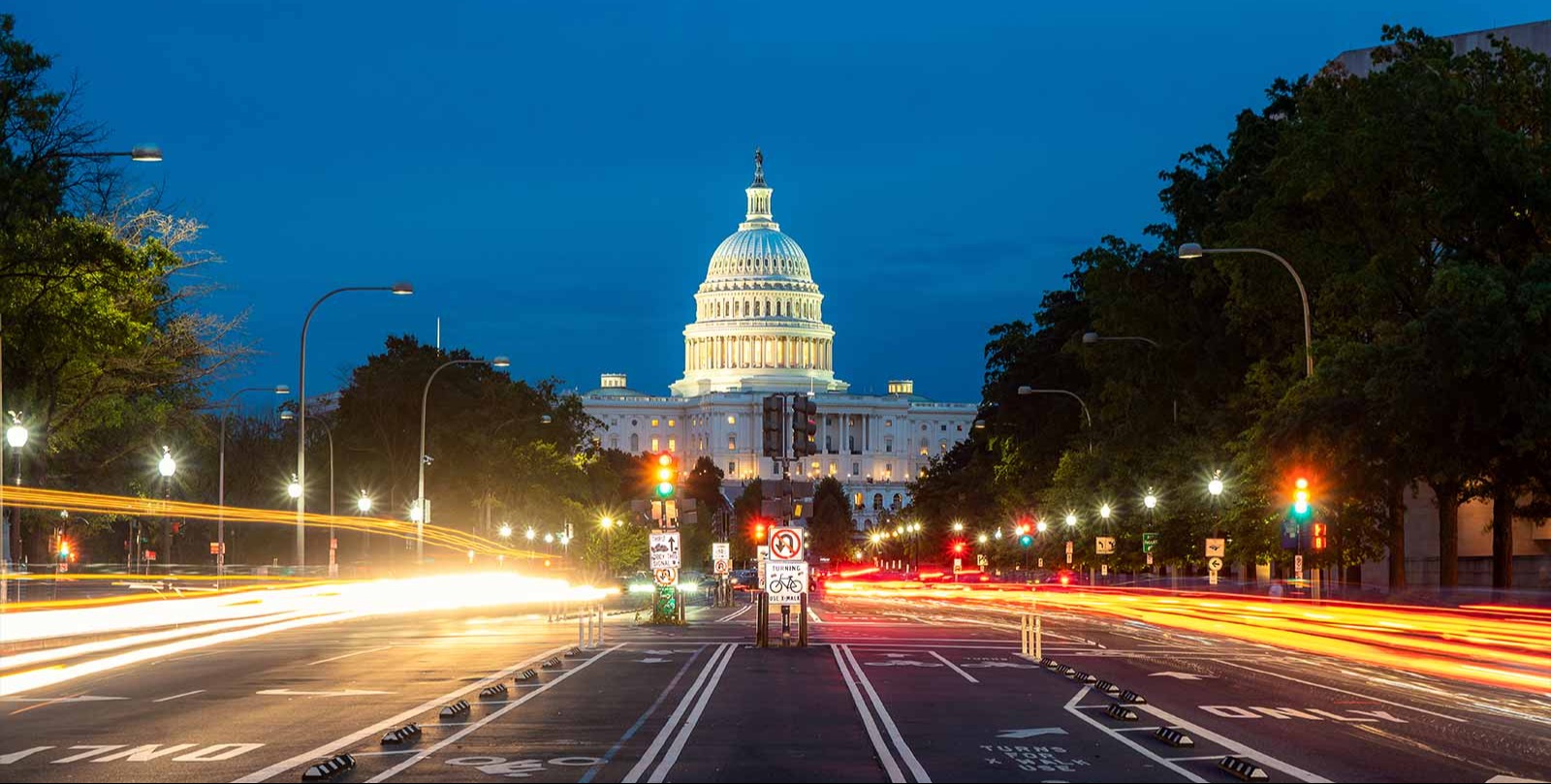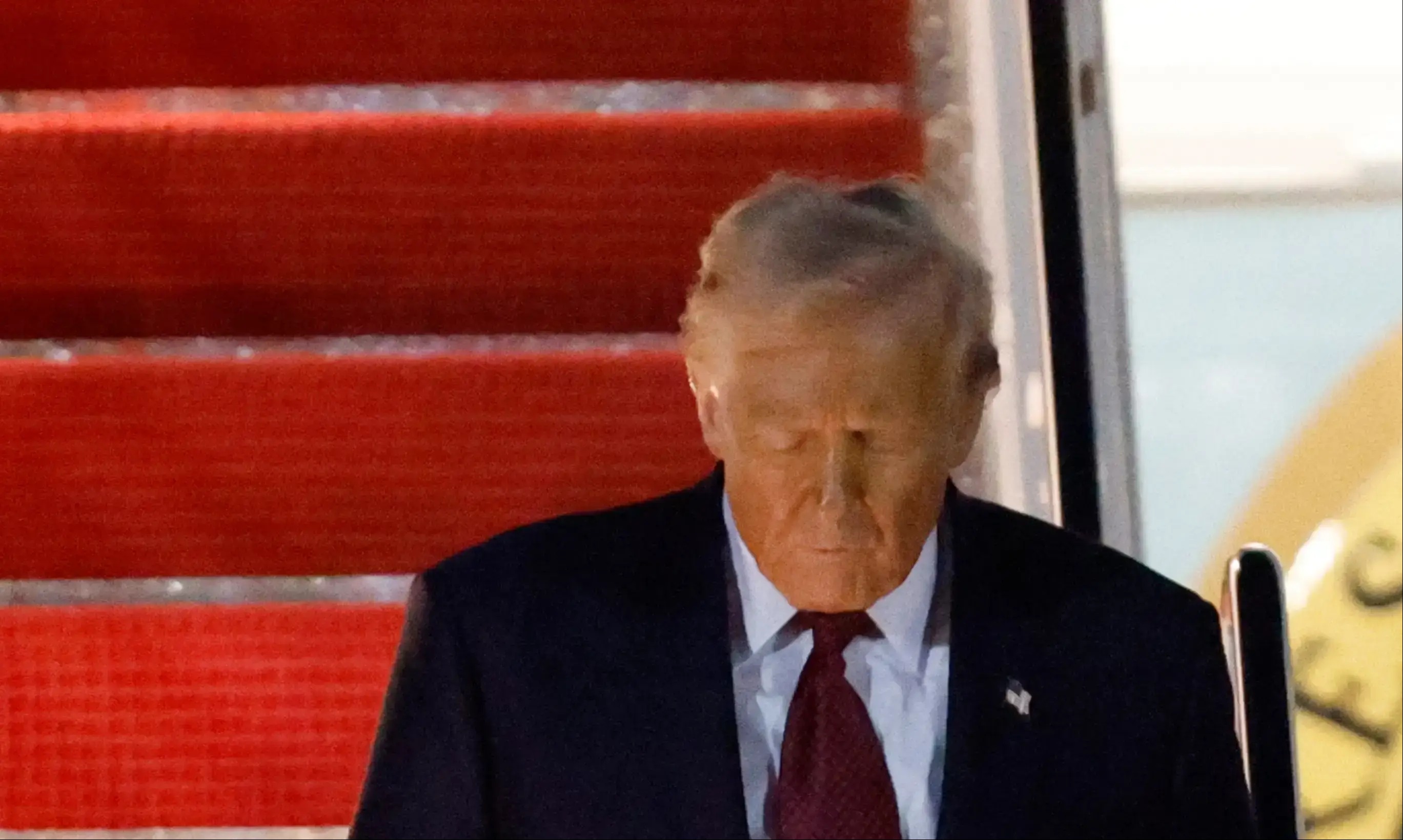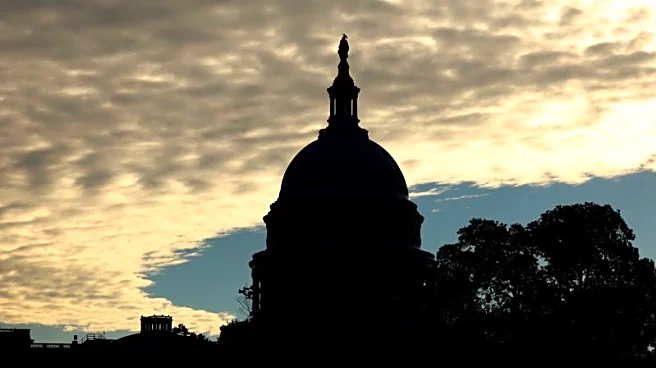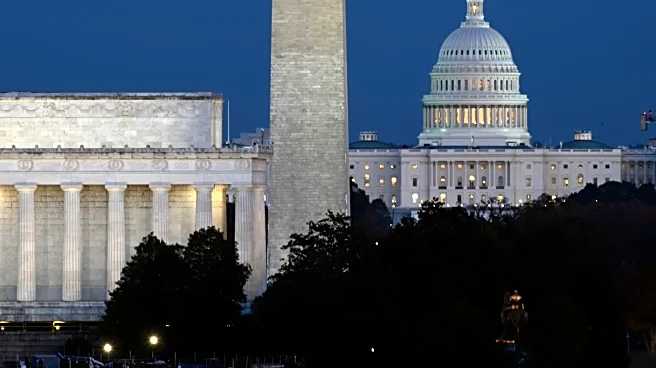What's Happening?
The U.S. government shutdown has reached its 36th day, marking the longest in the nation's history. The shutdown began on October 1, 2025, after Congress failed to pass a new budget. Efforts to resolve
the impasse have been unsuccessful, with the Senate voting for the 14th time to advance a bill to end the stalemate. The primary contention lies in the Democrats' demand for an extension of federal tax credits under the Affordable Care Act, which Republicans oppose until the government reopens. Senate Majority Leader John Thune expressed optimism about finding a resolution, acknowledging the prolonged impact on the American public. Historically, government shutdowns have varied in duration, with the previous longest shutdown under President Trump lasting 35 days in 2019.
Why It's Important?
The ongoing shutdown has significant implications for the U.S. economy and public services. Prolonged government closures disrupt federal operations, affecting everything from national parks to regulatory agencies. The economic impact is substantial, with previous shutdowns costing billions in GDP. The current impasse highlights deep political divisions, particularly regarding healthcare policy, which remains a contentious issue. The shutdown's resolution is crucial for restoring normalcy and preventing further economic damage. Stakeholders, including federal employees and contractors, face uncertainty, while political leaders grapple with finding a compromise.
What's Next?
The Senate continues to seek a resolution, with bipartisan efforts focused on bridging the gap between healthcare demands and reopening the government. Political leaders may face increased pressure from constituents and interest groups to end the shutdown. The potential for a compromise hinges on negotiations over healthcare provisions and budget allocations. As the shutdown persists, the urgency for a solution grows, with potential impacts on upcoming legislative agendas and public sentiment.













